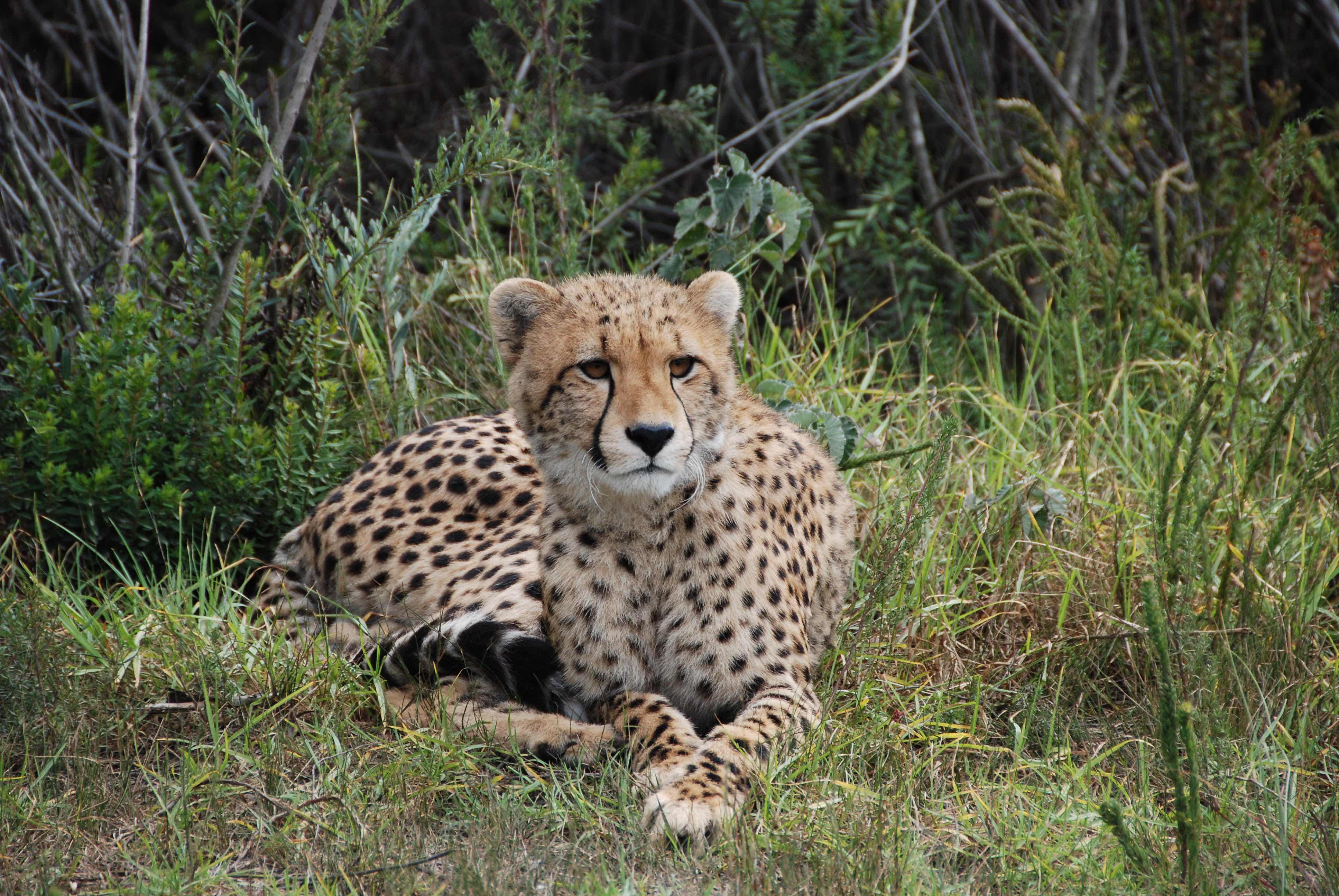I am sitting in a Kruger National Park safari car, looking up at the leopard nestled in the branches, eating an impala. The leopard hears us approaching, and gracefully climbs onto a higher branch.
Kruger is one of South Africa’s most visited public parks,. It is a magical experience where you will be able to see rare wild animals. Regardless of your safari plan and resort, you will be left in awe by the African landscape.
Background
Kruger is South Africa’s first national park, which means that all of the animals and plants on the land are protected by the federal government. Because hunting is outlawed, different species are able to flourish.
Kruger is also one of Africa’s best-equipped national parks. Even if you decide that you no longer want to see anymore animals, there is an abundance of other activities available. According to its official website, Kruger National Park offers day-hikes, elephant rides, spa treatments and much more.
History
Before the South African government made the land federal property, the Tsonga people, a Bantu ethnic group that is native to southern Africa, lived there.
As reported by Kruger National Park, the Tsonga people are a group of superstitious and environmentally concious people, and they are dedicated to preserving the land.
Since then, with laws preventing the hunting of the animals, the Tsonga people have agreed to vacate the land.
Similarly, another Sub Saharan Ethnic Group —the Makuleke— used to live on what is now part of Kruger National Park. After moving off the land, they now actively participate in facilitating tourism and building game lodges.
Lodging
As a five-hour drive out of Johannesburg, and a 17-hour drive out of Cape Town, another popular destination in South Africa, a day trip is not recommended.
According to Kruger National Park’s
official website, the best times to see animals roaming around are either in early morning or the late evening, and so it is best to stay in the game park for more than one day.
Furthermore, the longer you stay in the park, the more animals you have the potential to see.
There are over 500 species of birds, 118 reptiles and 150 different mammal species, according to Kruger National Park. All of the different animals simply cannot be seen in one day.
If you do decide to stay in the park, there are 21 rest camps, and 15 private safari lodges.
“We got to stay in a huge treehouse in the middle of the park,” Gunn High School senior Scott Kunhle said. “We could hear the animals at night moving right beneath us.”
Personal favorite parts of Kruger:
Kaitlyn Ho, Paly junior
I have been to Kruger National park four times, and each time, I have had a different experience. I think this is an excellent family trip because not only do adults experience a captivating safari ride, but younger children also have the opportunity to see wild animals.
The guides made it an engaging experience by actively tracking animals. They would pick up animal feces, and judging by its freshness, determine where to go.
The guides were all friendly. When I was younger, they would pack flasks of hot chocolate for us along with the lunch that we ate in the bushveld.
The guides also taught us games to play, and that might be my favorite part of the safari.
We played well-known western games alongside ones that are native to Africa. Now, my family commonly plays Skakhi during board game nights.
David Foster, Paly junior
“We’re driving along and see a cluster of cars around a tree, so we immediately pull over to look and we see a leopard devouring an impala in a tree. He is munching and staring straight at us. It is one of the coolest things I’ve ever seen. Meanwhile, a kid is sitting on his dad’s lap in the front of their car, and he slams on the horn, scaring all the animals in the vicinity away.”
Scott Kunhle, Gunn senior
“My favorite thing I saw was a pack of wild dogs — they’re super rare so it was really special to see them.”
Tips if you go on a safari without a guide
1. Be patient — you are in the wild, and animals do not appear at your will.
2. Bring binoculars — Sometimes you will not be able to get close enough in your car to see the animals in great detail.
3. Go during winter — the risk of malaria is lower and the vegetation decreases, which means that more animals will be out grazing the veld.
4. Stay close to watering holes — all animals need to drink water, and so the nearest watering hole will be an animal hotspot.
5. Do not get out of your car — Although the animals may seem docile, do not forget that they are wild and are capable of injuring you.
6. Be quiet — animals are sensitive to noise, and if you are too loud, you will scare the animals away.
7. Bring snacks — you will be in the game park for multiple hours. But, if you do not want to pack food, according to the Kruger National Park website, there are rest spots with restaurants located around the park.

